This mouth-watering roast beef recipe will have you savoring each and every bite, with perfectly seasoned, juicy meat for any special occasion that's sure to impress!
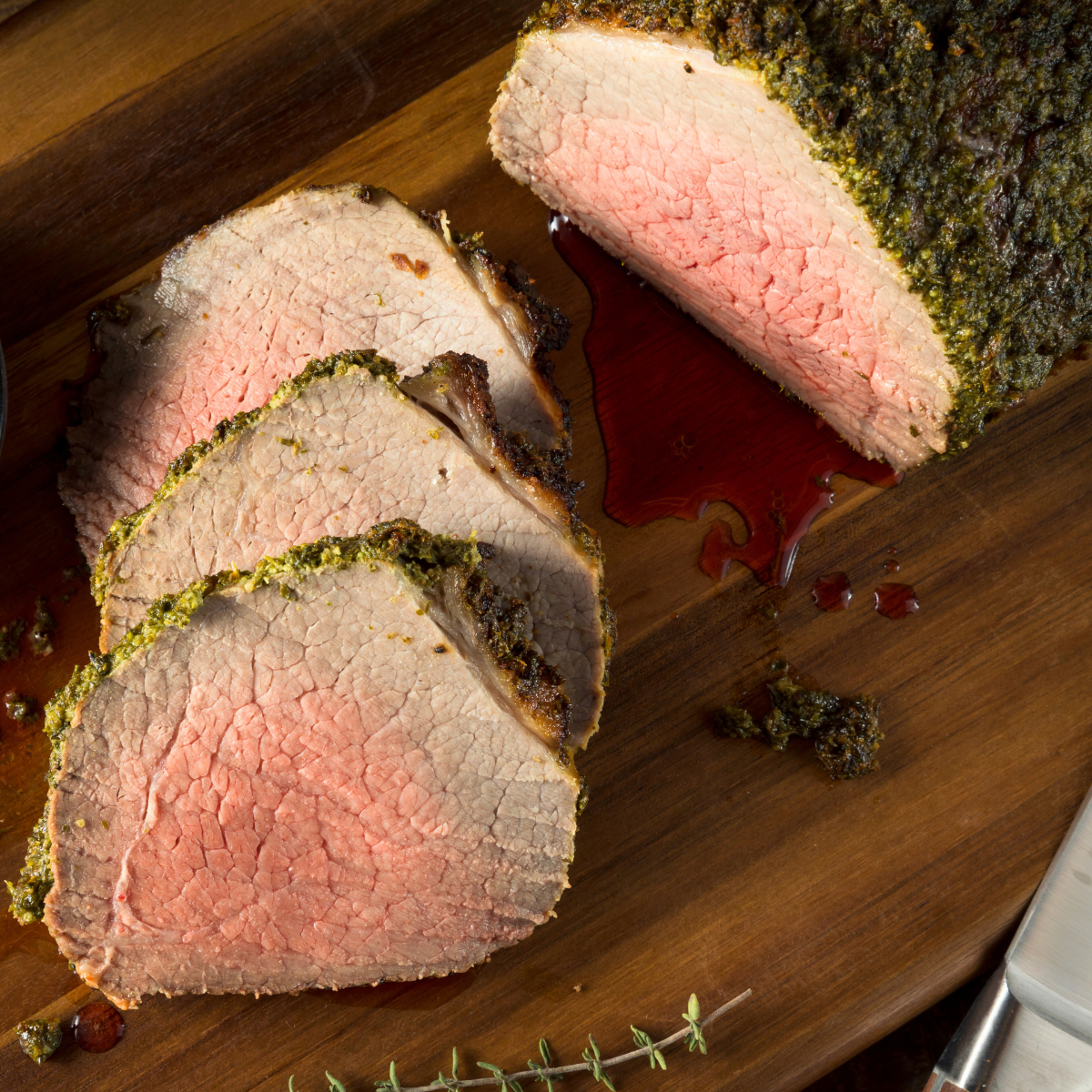
Tender Roast Beef
Roast beef is a classic recipe, perfect for a special occasion or a comforting Sunday dinner. Whether you prefer a slow cooker, pressure cooker, oven, or Dutch oven, there's a method for everyone.
The key to achieving the perfect roast beef lies in selecting the right cut of meat, seasoning it well, and cooking it to the ideal internal temperature. This flavorful dish can be enjoyed fresh and turned into mouthwatering leftover roast beef sandwiches.
Ingredients
- 3-4 pound rump roast
- 2 tablespoons olive oil
- 1 tablespoon kosher salt
- 1 tablespoon freshly ground black pepper
- 2 cloves garlic, minced
- 1 tablespoon fresh thyme leaves
- 1 tablespoon fresh rosemary leaves
- ½ cup beef broth
- *optional - 3 tablespoons red wine
- 2 tablespoons Worcestershire sauce
Tools
In addition to these ingredients, you'll need a roasting pan, a meat thermometer, a cutting board, and a sharp carving knife.

Directions
How to Make a Perfect Roast Beef
Note: Adjust the cooking time and method based on your preference and equipment (slow cooker, pressure cooker, oven, or Dutch oven).
Prepare the Roast: Bring the rump roast to room temperature before cooking. This ensures even cooking.
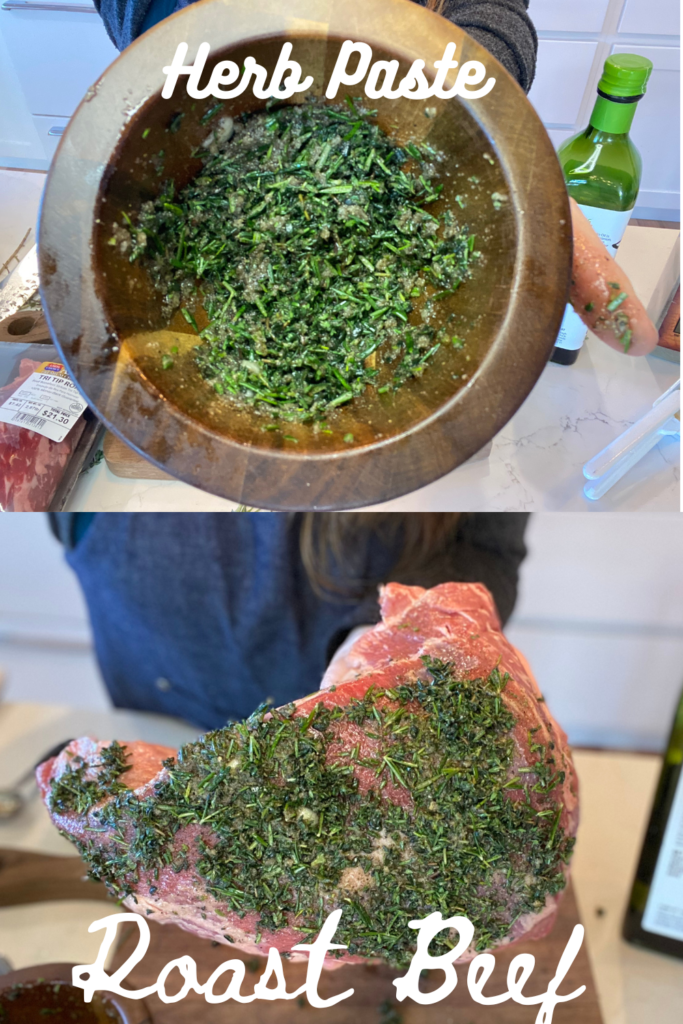
Season the Roast: In a small bowl, mix olive oil, kosher salt, freshly ground black pepper, minced garlic, fresh thyme leaves, and fresh rosemary leaves to create a flavorful rub.
Coat the Roast: Rub the seasoning mixture all over the roast, ensuring it's well coated with the herbs and spices. Let it sit for about 30 minutes to absorb the flavors.
Preheat Your Cooking Equipment: For slow cooking or pressure cooking, set your equipment to the desired settings (see below). For oven or Dutch oven roasting, preheat your oven to 325 degrees F.
Searing Roast
This step adds a lot of flavor and a wonderful texture to the outside of the roast.
There are 2 ways to sear your roast... In the oven or on the stove top. Oven searing is less clean up and with the herb crust in this roast beef recipe, oven searing works best;)
Oven searing: Preheat your oven to 450 degrees F. Roast the beef in the preheated oven for 15 minutes.
(If you choose to use the stove top: In a roasting pan or Dutch oven over medium-high heat, add a couple tablespoons of avocado oil and sear the roast on all sides until its browned on all sides.) Deglaze the Pan: Add the red wine and Worcestershire sauce to the pan to deglaze it, scraping up the flavorful bits from the bottom.
Add Beef Broth to Roasting Pan with Rack: Pour in the beef broth and add a bay leaf for extra aroma. (If you seared your roast on the stove top, add the liquids from that pan into your roasting pan now.)
Cook to Perfection: The cooking time varies depending on your equipment and desired doneness, (see crock pot and instant pot directions below).
Oven Roast Beef: Reduce the oven temperature to 325°F and roast beef until the meat reaches your desired level of doneness. Use a meat thermometer to check the internal temperature; for medium-rare, it should be 135°F, and for medium, it should be 145°F. The internal temperature will rise about 10 degrees during the resting period.
Use a meat thermometer to monitor the internal temperature. For a tender result, aim for medium-rare (135°F or 57°C) to medium (145°F or 63°C) for rump roast.
Roast Beef Recipe Cook Time
As a general guideline, you can estimate the cooking time for roast beef in the oven to be approximately 15-20 minutes per pound at 325°F (165°C) for medium-rare to medium doneness.
This is just a rough estimate, and it's crucial to use a meat thermometer to accurately determine when the roast has reached your desired internal temperature.
Here's a breakdown for a rump roast, targeting medium-rare (135°F or 57°C) to medium (145°F or 63°C) doneness:
- For a medium-rare rump roast, aim to cook it for about 15-20 minutes per pound at 325°F (165°C).
- For a medium rump roast, consider cooking it for about 18-22 minutes per pound at the same temperature.
Rest and Carve: Tent the finished roast with aluminum foil, and let it rest on a wire rack, or cutting board, for about 15 - 20 minutes to redistribute juices. This ensures a tender pot roast.
Make Gravy: Meanwhile, prepare a flavorful gravy using the drippings and leftover juices. This will be a thick and delicious addition to your roast beef.
Serve and Enjoy: Slice your roast beef thin and against the grain. Serve it with creamy mashed potatoes and gravy from scratch, Yorkshire pudding, or any of your favorite sides for a complete meal.
Recipe Card
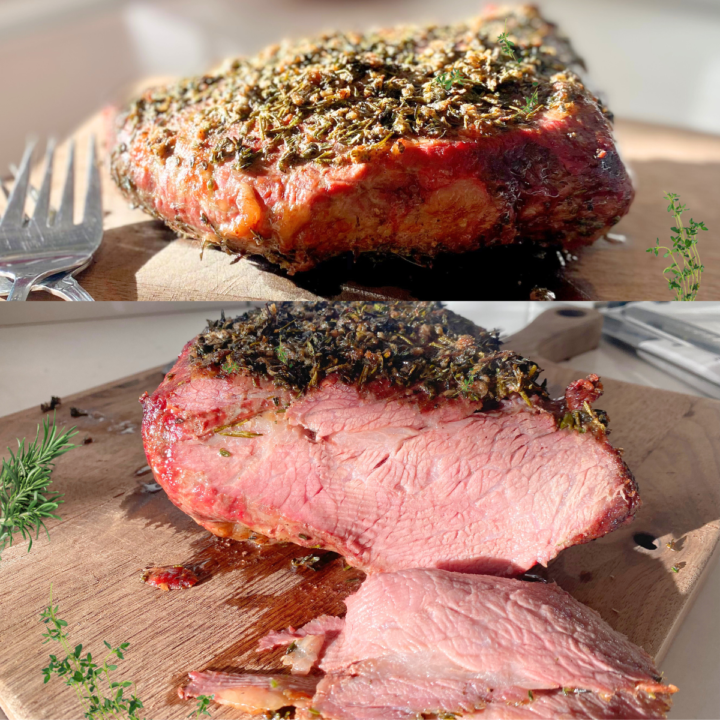
Tender Roast Beef Recipe
Indulge in the ultimate comfort food with our mouthwatering roast beef, a perfect blend of juicy tenderness and rich flavors for an unforgettable dining experience.
Ingredients
- 1 (3-4 pound) beef roast (top sirloin roast, rump roast, tri tip roast, etc.)
- 2 tablespoons olive oil
- 1 tablespoon kosher salt
- 1 tablespoon freshly ground black pepper
- 2 cloves garlic, minced
- 1 tablespoon fresh thyme leaves
- 1 tablespoon fresh rosemary leaves
- ½ cup beef broth
- 3 tablespoons red wine
- 2 tablespoons Worcestershire sauce
Instructions
- Bring the rump roast to room temperature.
- In a small bowl, combine olive oil, kosher salt, black pepper, minced garlic, thyme leaves, and rosemary leaves to create a rub.
- Rub the seasoning mixture over the roast and let it sit for 30 minutes.
- Preheat oven to 450 degrees F. Or your cooking equipment (slow cooker, pressure cooker, oven, see post) as appropriate.
- Oven Sear the roast at 450 degrees F for 15 minutes.
- Lower the oven temperature to 325 degrees F.
- Add beef broth and a bay leaf.
- Check the internal temperature after 45 minutes of roasting.
- Cook to your preferred internal temperature (medium-rare: 135°F, medium: 145°F).
- Let the roast rest for 15 minutes on a wire rack.
- Prepare flavorful gravy using the pan drippings.
- Slice the roast beef against the grain and thin. And serve with your favorite sides!
Notes
It's important to let your roast beef come to room temperature before cooking. This ensures even cooking throughout the meat. Take it out of the refrigerator and allow it to sit for about 30 minutes before you start cooking.
Before applying the seasoning rub, pat the roast beef dry with paper towels. Excess moisture on the surface can prevent a good sear during browning.
For a 3-4 pound roast, you can estimate:
- Minimum cooking time: 45 minutes (3 pounds at 15 minutes per pound)
- Maximum cooking time: 80 minutes (4 pounds at 20 minutes per pound)
If you're making gravy, consider using a fat separator to remove excess fat from the pan juices. This will result in a smoother, less greasy gravy.
After you've cooked the roast beef, let it rest for about 15 minutes before slicing. This allows the juices to redistribute, resulting in a juicier and more tender roast.
Slow Cooking (Crock Pot)
- Season and sear the roast beef.
- For a slow cooker, you typically have options like Low and High settings.
- For a roast beef recipe, it's generally best to use the Low setting. Slow cooking on Low allows the meat to become tender and develop rich flavors over a longer period of time.
- Cook the roast on the Low setting for 7-8 hours or until it reaches the desired internal temperature (usually medium-rare or medium).
Pressure Cooking (Instant Pot)
- Season and sear your roast beef.
- When using a pressure cooker like an Instant Pot, you will need to select the appropriate cooking mode.
- For roast beef, you can use the "Meat" or "Manual" mode on the Instant Pot.
- Set the cooking time to achieve your desired doneness (e.g., around 35-40 minutes for medium-rare, but the exact time may vary based on the size of the roast and your Instant Pot model).
- After setting the time and pressure level, ensure the Instant Pot is sealed and let it do the work. The pressure cooker will automatically reach the required pressure and cook the roast.
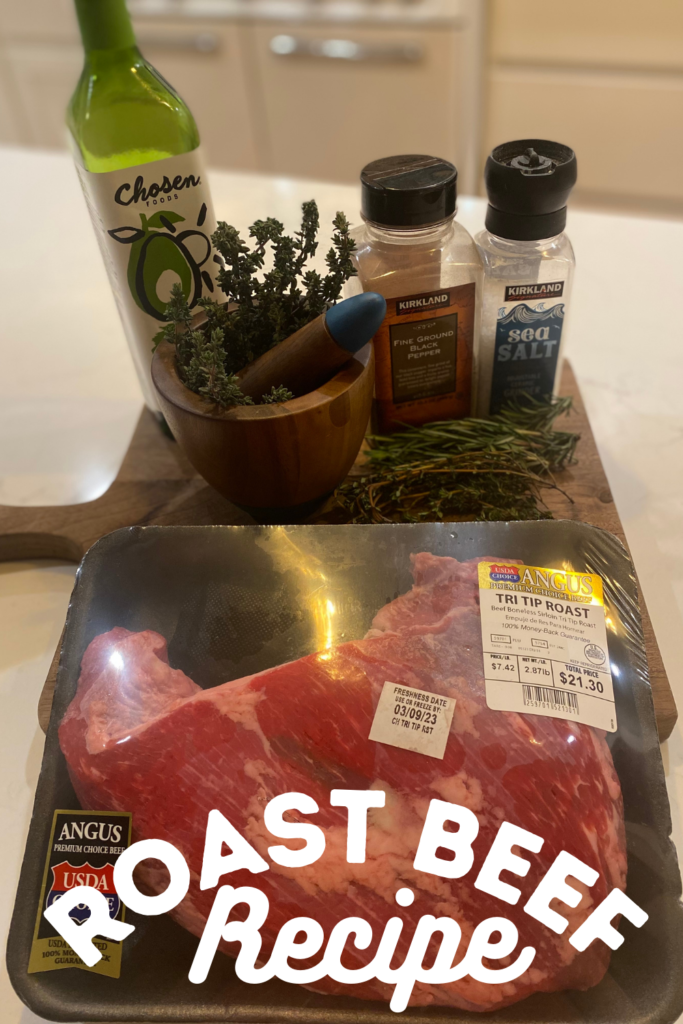
Choosing A Beef Roast
Cuts of beef with a lot of connective tissue, such as collagen and tough muscle fibers, tend to be tougher and require longer cooking times to become tender.
For a tender roast, you should select roast beef cuts that have less connective tissue and are known for their tenderness. Some common choices for tender roast beef include:
- Ribeye Roast: Ribeye roast, also known as prime rib, is a well-marbled and tender cut of beef, making it an excellent choice for roast beef.
- Top Sirloin Roast: Top sirloin is another tender cut that can yield a flavorful and juicy roast.
- Tenderloin Roast: Beef tenderloin, often used for filet mignon, is one of the most tender cuts and is perfect for roasting.
- Sirloin Tip Roast: While it may have some connective tissue, sirloin tip roast is often more tender than rump roast and can be a good choice for a roast.
While rump roast may have some connective tissue and can be flavorful, it generally requires longer cooking times to become tender. Therefore, for the best results in achieving a tender roast, it's better to choose cuts known for their tenderness and marbling.
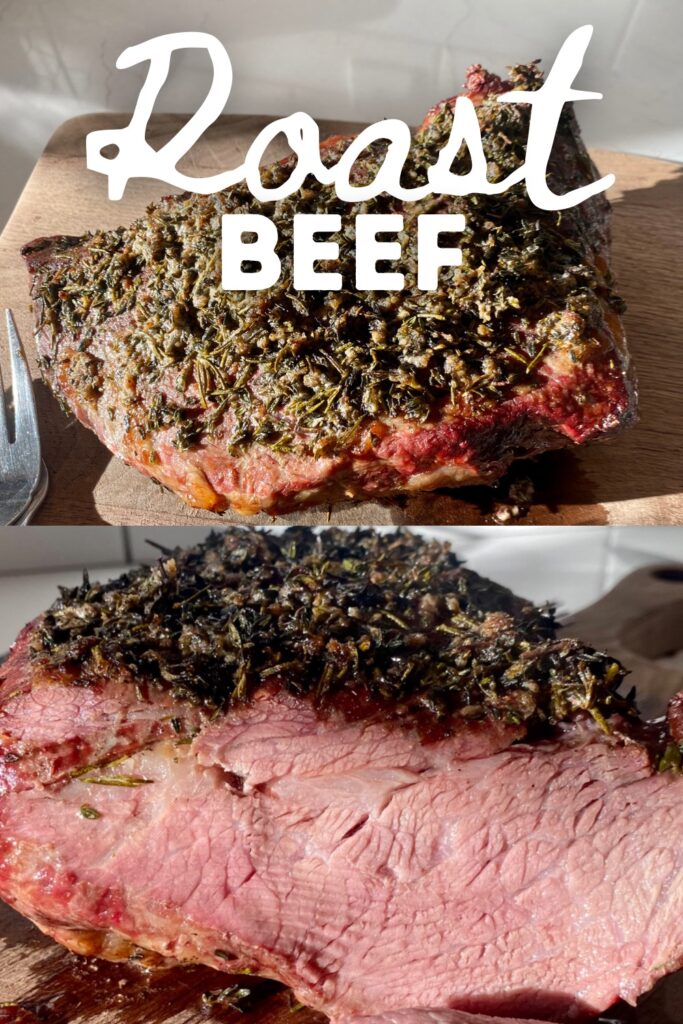
Tips & Notes
- Leftover roast beef is perfect for roast beef sandwiches, French dip sandwiches, or as an accompaniment to Yorkshire pudding.
- Store any leftovers in an airtight container in the refrigerator.
- Be sure to use a meat thermometer to achieve the perfect internal temperature.
- Experiment with different cuts of beef and cooking methods to find your favorite recipe.
- The slow cooker method is a great way to achieve a tender, flavorful roast beef with minimal effort.
Enjoy this ultimate comfort food with your family and friends, whether it's for a special occasion or a cozy weeknight dinner.

Roast Recipes
Sources
National Cattlemen's Beef Association
For food safety the USDA advises that we cook to 145 internal temperature, however that is a well done roast;)
| Product | Minimum Internal Temperature & Rest Time |
|---|---|
| Beef, Pork, Veal & Lamb Steaks, chops, roasts | 145 °F (62.8 °C) and allow to rest for at least 3 minutes |

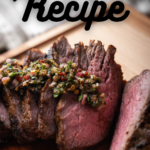
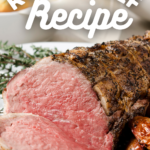
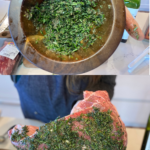
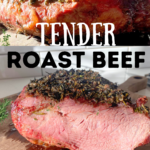
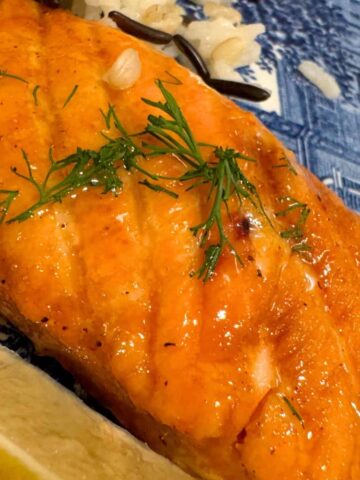
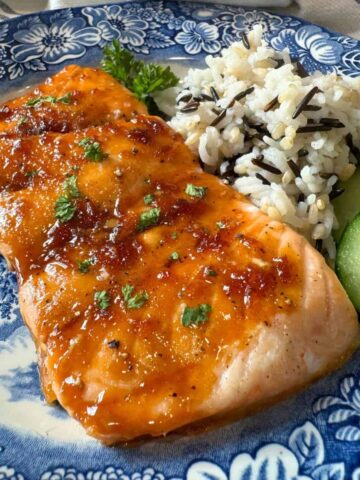
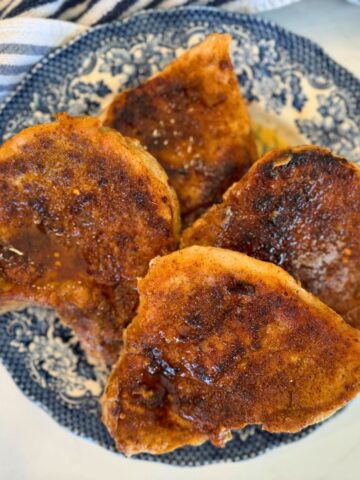
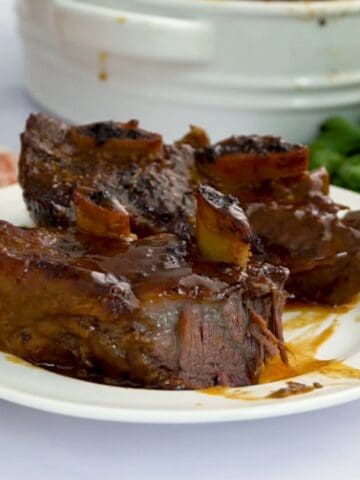
Did you make this recipe? Let me know!